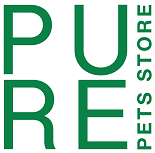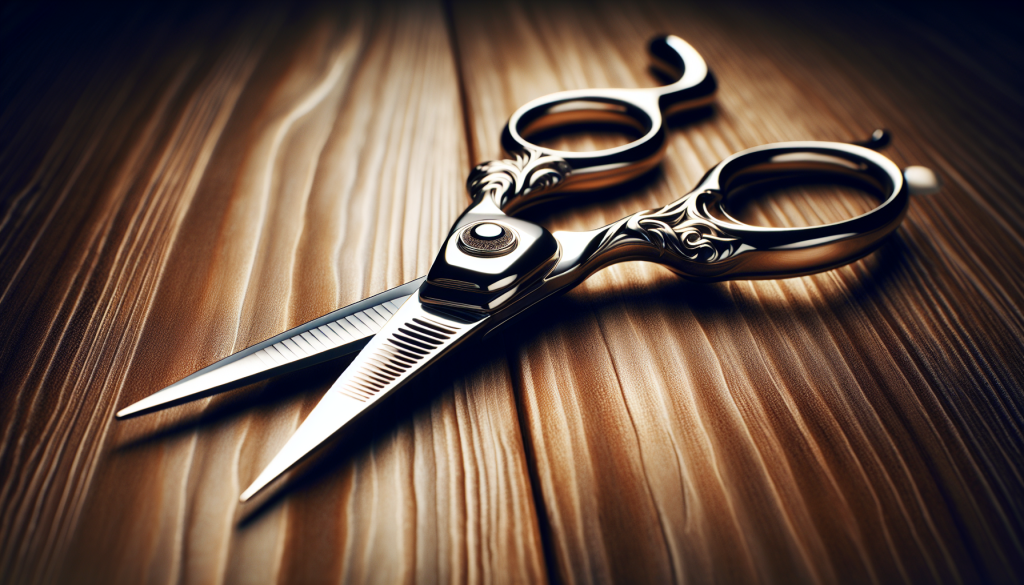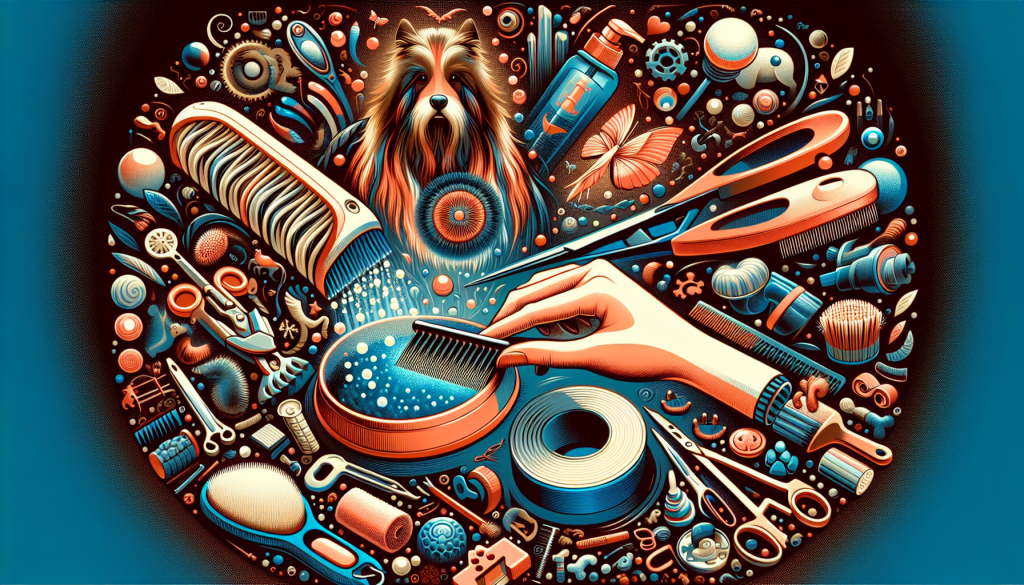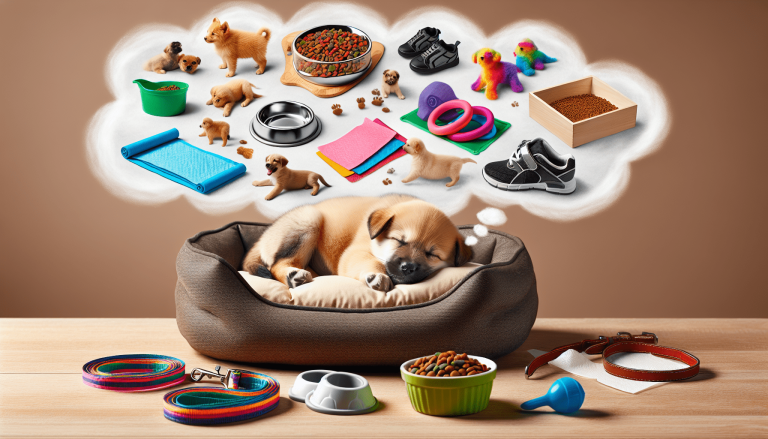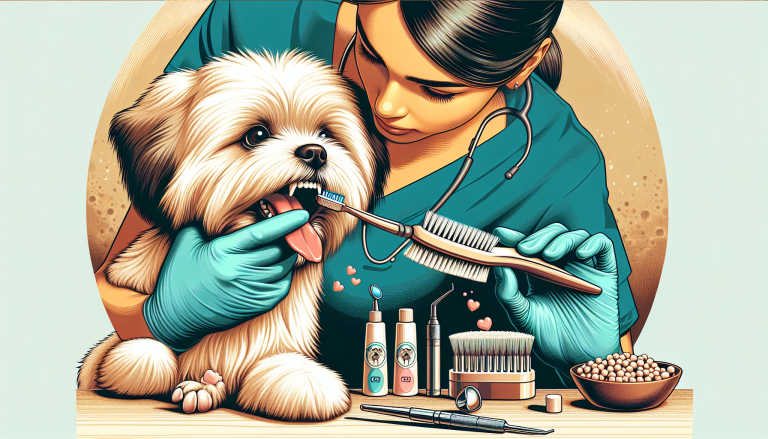Pet grooming is an essential aspect of caring for your furry friends. From keeping their coats clean and well-maintained to ensuring their overall hygiene and appearance, it’s crucial to understand the basics of pet grooming. In “The Ultimate Guide to Pet Grooming,” you will discover a comprehensive resource that covers everything you need to know about the art of grooming your pets. Whether you’re a seasoned pet owner or a first-time pet parent, this guide will provide you with valuable information, tips, and techniques to make the grooming process a breeze, resulting in happy and healthy pets. So, get ready to embark on a grooming journey that will strengthen the bond between you and your four-legged companions and keep them looking their best.
Table of Contents
ToggleChoosing the Right Grooming Tools
Understanding Your Pet’s Needs
When it comes to grooming your pet, one of the first things you need to consider is their specific needs. Every pet is unique, with different fur types, coat lengths, and grooming requirements. Understanding your pet’s needs is crucial in order to choose the right grooming tools. For example, a long-haired dog might require a different type of brush compared to a short-haired cat. By taking the time to assess your pet’s needs, you can ensure that you have the proper tools to keep them looking and feeling their best.
Essential Grooming Tools
Having the right grooming tools is essential for maintaining your pet’s hygiene and appearance. Here are some of the most important tools you should have in your grooming kit:
-
Brushes and combs: The type of brush you need will depend on your pet’s fur type. Bristle brushes are ideal for short-haired pets, while slicker brushes work well for removing loose hair in long-haired pets. Additionally, a comb can help detangle any knots or mats.
-
Nail clippers or trimmers: Regular nail trimming is important for your pet’s health and comfort. Choose clippers or trimmers that are specifically designed for your pet’s size and type of nails, whether they are small and delicate or large and sturdy.
-
Ear cleaner: Keeping your pet’s ears clean is crucial to prevent infections. Look for a gentle ear cleaning solution that is specifically formulated for pets.
-
Toothbrush and toothpaste: Just like humans, pets need regular dental care. Invest in a toothbrush and toothpaste that are specifically designed for pets. Never use human toothpaste, as it may contain ingredients that can be harmful to animals.
-
Eye cleaner: Cleaning your pet’s eyes is important for preventing tear stains and keeping their eyes healthy. Look for a safe and gentle eye cleaning solution that is suitable for pets.
Tips for Maintaining and Cleaning Grooming Tools
Once you have chosen the right grooming tools for your pet, it is important to take proper care of them to ensure their effectiveness and longevity. Here are some tips for maintaining and cleaning your grooming tools:
-
Regularly clean and disinfect your grooming tools to prevent the spread of bacteria and other contaminants. Use a mild soap or pet-friendly disinfectant and rinse them thoroughly. Allow them to air dry completely before using or storing them.
-
Store your grooming tools in a clean and dry area to prevent rusting or damage. Keep them in a designated grooming kit or bag to keep them organized and easily accessible.
-
Check your grooming tools regularly for any signs of wear or damage. Replace any tools that are no longer safe or effective to use.
-
Keep your grooming tools separate for each pet, as sharing them can spread parasites or infections.
-
Follow the manufacturer’s instructions for cleaning and maintaining your specific grooming tools, as different tools may require different care.
By following these tips, you can ensure that your grooming tools are always in top condition, ready to give your pet the care they deserve.
Brushing and Bathing Your Pet
Importance of Regular Brushing
Regular brushing is not only essential for your pet’s appearance but also for their overall health and well-being. Brushing helps to remove loose hair, dirt, and debris from their coat, preventing mats and tangles. It also stimulates the production of natural oils, which keep their skin and fur healthy. Additionally, brushing allows you to check for any skin abnormalities or parasites, such as fleas or ticks. By making brushing a regular part of your pet’s grooming routine, you can keep their coat shiny, reduce shedding, and minimize the risk of skin problems.
Choosing the Right Brush for Your Pet’s Coat
The type of brush you choose for your pet’s coat will depend on their specific needs. Here are some common types of brushes and which pets they are best suited for:
-
Bristle brushes: These brushes have short, tightly-packed bristles and are ideal for pets with short, smooth coats. They help to remove loose hair and distribute natural oils, giving the fur a healthy shine.
-
Slicker brushes: Slicker brushes have fine, short wires close together, making them perfect for removing loose hair, mats, and tangles in pets with long or medium coats. Use a slicker brush gently to avoid any discomfort or skin irritation.
-
Wire-pin brushes: These brushes have long, flexible pins and are suitable for pets with medium to long coats. They help to remove loose hair and detangle any knots, leaving the coat smooth and free of mats.
-
Undercoat rakes: Undercoat rakes are designed for pets with thick undercoats, such as double-coated breeds. They penetrate deep into the undercoat to remove loose hair and reduce shedding.
-
Deshedding tools: Deshedding tools, such as grooming gloves or rubber brushes, are specifically designed to remove loose hair from your pet’s coat. They are particularly effective for pets that shed heavily, such as certain breeds of dogs or cats.
When choosing a brush, consider your pet’s coat length, thickness, and texture. Additionally, take into account any specific grooming needs they may have, such as removing tangles or reducing shedding. Consulting with a professional groomer or your veterinarian can also help you choose the right brush for your pet.
Step-by-Step Guide to Brushing Your Pet
Brushing your pet may seem like a simple task, but it is important to do it correctly to ensure your pet’s comfort and safety. Here is a step-by-step guide to brushing your pet:
-
Choose an appropriate location: Find a quiet and comfortable area where you and your pet can relax during the grooming session. Make sure you have all the necessary grooming tools within reach.
-
Prepare your pet: Before starting, gently pet and massage your pet to help them relax. This will also allow you to check their coat for any mats, tangles, or skin abnormalities.
-
Start brushing: Begin by using your chosen brush on your pet’s back, working in the direction of hair growth. Use gentle, long strokes to remove any loose hair and debris. Take your time and be patient, especially if your pet is not used to being brushed.
-
Pay attention to problem areas: Focus on areas that are prone to matting, such as behind the ears, under the armpits, and around the tail. Use a comb to gently detangle any knots or mats.
-
Check for parasites or abnormalities: While brushing, keep an eye out for any signs of ticks, fleas, or skin abnormalities, such as redness, inflammation, or lumps. If you notice anything unusual, consult your veterinarian for further examination.
-
Reward your pet: After the grooming session, reward your pet with treats, praise, or playtime to make the experience positive and enjoyable.
Remember to brush your pet regularly, aiming for at least once a week for most breeds. However, some long-haired or double-coated breeds may require more frequent brushing. By establishing a routine and using the right brushing techniques, you can keep your pet’s coat healthy and beautiful.
The Correct Way to Bathe Your Pet
Bathing your pet is another important aspect of their grooming routine. However, it is crucial to do it correctly to avoid stressing your pet or causing any skin irritations. Here are the steps to follow for a successful bath:
-
Gather the necessary supplies: Before you start, gather all the bathing supplies you’ll need, such as pet-friendly shampoo, towels, a brush, and a non-slip mat for the bathtub.
-
Brush your pet: Before getting them wet, brush your pet to remove any loose hair, mats, or tangles. This will make the bathing process easier and prevent the hair from clogging the drain.
-
Choose an appropriate location: Decide where you will bathe your pet. For small dogs or cats, a sink or basin may be more suitable, while larger dogs may need to be bathed in a bathtub or a walk-in shower. Place a non-slip mat in the bathing area to provide stability for your pet.
-
Wet your pet: Use lukewarm water to wet your pet thoroughly, starting from their neck and working your way down to their tail. Avoid getting water in their eyes, ears, or nose.
-
Apply shampoo: Use a pet-friendly shampoo and lather it into your pet’s coat, ensuring you cover all areas. Be gentle and avoid excessive scrubbing, as this can cause skin irritation. Pay extra attention to areas that are often dirty or prone to odors, such as under the arms or around the tail.
